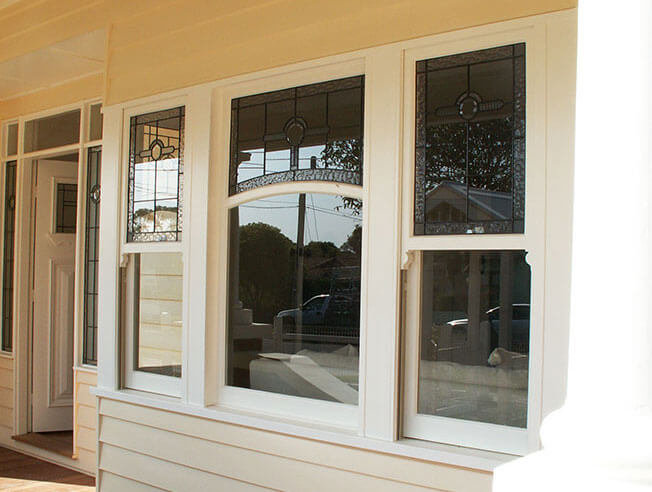All Categories
Featured
Table of Contents
Double Glazing Windows - The Best Installers In The Uk ... in Brookdale Western Australia
That window can transfer more solar heat in winter season than in summer season. A west-facing window on a summertime's afternoon has an angle of incidence from near 0 as much as 30 with a big reliable area of solar radiation. A north-facing window, in summer season, has a high angle of incidence and a low reliable area of solar radiation, so can send less heat than a west-facing one.

However you can quickly and quickly enhance the thermal efficiency of your home by replacing your windows. This is among the most reliable techniques of remodelling to achieve improved thermal comfort. There are countless types of glass and frames to pick from. Picking the right ones is very important to enhancing the energy efficiency of your house.
5 Benefits Of Double Glazing Windows in Glendalough Western Australia
There are various kinds of glass items to select from. Single glazing utilizes a single pane of glass. Single glazing with clear glass is not really efficient when it comes to heat loss or gain. To improve efficiency, you can utilize single glazing with a more energy-efficient type of glass such as low emissivity (low-e) glass.
The energy efficiency of IGUs likewise depends on: the properties of each layer of glass. Various glass types (for example, clear and low-e glass) can be put together in an IGU.
Double Glazing Vs Triple Glazing: Which Should You Choose in Kelmscott Western Australia

IGU cavities can be filled with air or a more inert, low-conductivity gas such as argon the width of the cavity. Wider cavities supply lower (much better) U worths, with 12mm generally accepted as the favored gap how well the cavity is sealed.
If argon is set up to the cavity in location of air, wetness is dependably left out the level of desiccant (drying representative). The spacer (metal or polymer strip) that separates the glass layers includes a desiccant to soak up any moisture. Insufficient desiccant might trigger moisture to condense on the glass surface in cold conditions, decreasing thermal performance.
Why Do You Need Double Glazing Windows In Summer? in North Beach Perth
In reality, IGUs can provide much better energy efficiency for all climates, especially in heated and air-conditioned homes. Cross-section detail of single, double and triple-glazing systems Low emissivity glass (typically understood as low-e glass) lowers heat transfer. Low-e glass may be either high or low transmission: High transmission low-e glass has a finish that permits daylight from the sun to enter your house to accomplish good solar heat gain, however decreases the amount of the long wavelength infrared heat that can leave back through the window.
Low-e glass has either a pyrolytic coating or a vacuum-deposited thin film metal finish. Pyrolytic coatings are long lasting and can be utilized for any glazing; vacuum-deposited finishings are soft and are only used within IGUs. Low-e coverings can substantially improve both U value and SHGC; nevertheless, they must be utilized properly or they will either weaken or stop working to perform as needed.
Why Do You Need Double Glazing Windows In Summer? in Gosnells Western Australia
Low-e finishes can be used in mix with clear, toned or reflective glass. Low-e coatings on glazing can lower heat transfer where needed Image: Department of Market, Science, Energy and Resources Toned glass has actually colouring additives included throughout manufacture. It is offered in numerous colours, generally bronze, grey, blue and green.
Latest Posts
Fitting A Cabin In Your Garden? Get Double Glazing Fitted Too in Forrestdale WA
Why Is Double Glazing So Important In Winter? in Highgate Perth
Best Glass For Double Glazing in Gwelup Perth